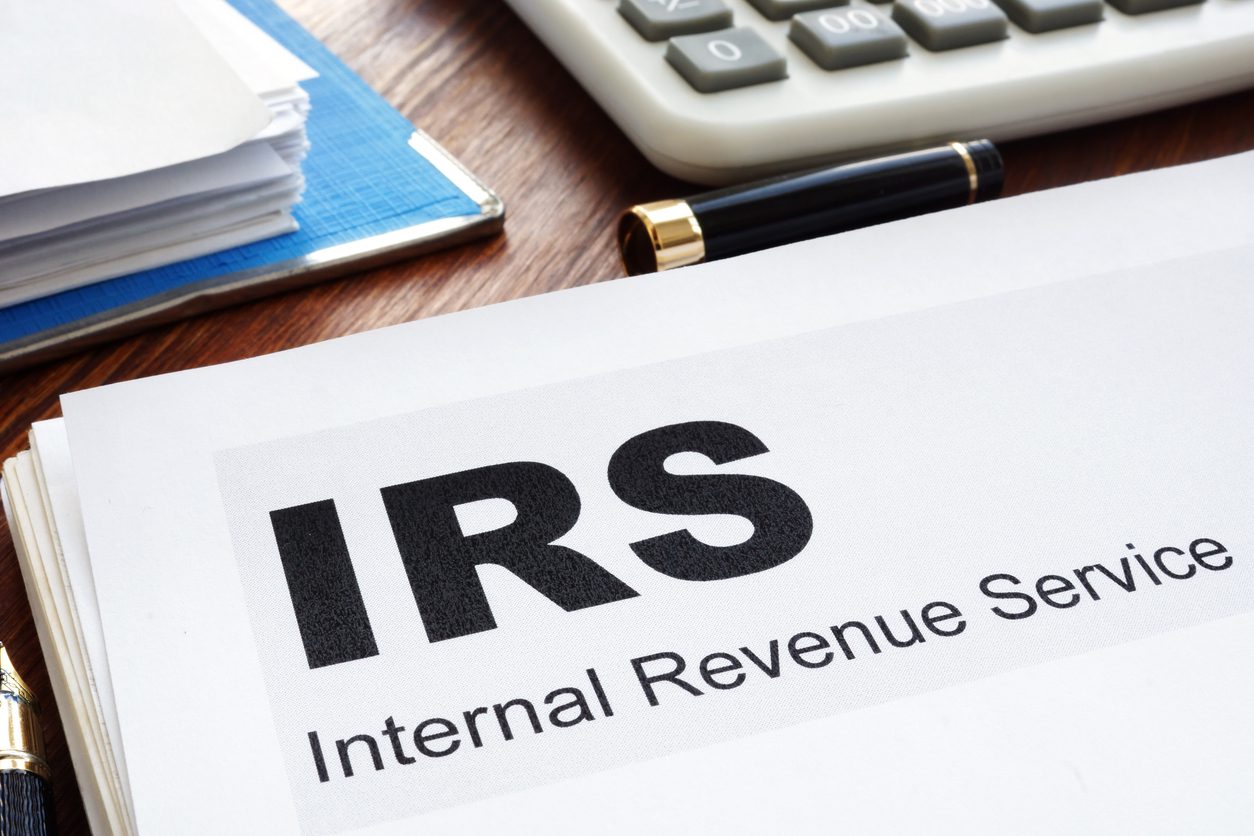On June 25, a new reality set in for Canadians earning more than $250,000 through asset sales as the capital gains inclusion rate effectively jumped from half to two thirds.
This put into motion one of the most contentious pieces of Budget 2024, which dropped with a thud back in April (and hijacked much of the discussion among tech leaders during InnovateWest).
Despite calls from stakeholders across Canada’s innovation ecosystem to reverse the measure—see a string of letters from The Council of Canadian Innovators (CCI) to Finance Minister Chrystia Freeland, with signatories including the Canadian Chamber of Commerce, the CFIB, the CVCA and more—no such walk-back took place.
Now, the tax rules changes that were deemed “shortsighted” by tech leaders across Canada is the new normal—and businesses need to adjust their capital strategy accordingly.
How exactly are capital gains inclusion rate changes—and other factors impacting growth funding and investment in 2024—set to impact founders and business leaders nationwide?
First, a breakdown of the capital gains rules and implications…
Brass tax: Under the new rules, individuals claiming capital gains of more than $250,000 CAD will see the inclusion rate jump from 50 percent to 66 percent.
ALL capital gains from businesses and trust will similarly be increased from one-half to two-thirds, while the lifetime capital gains exemption will be raised from $1 million CAD to $1.25 million CAD.
There are, of course, caveats and nuances to all of this.
Budget 2024 also included a new Canadian Entrepreneurs’ Incentive (CEI), which reduces the inclusion rate to 33 percent on a lifetime maximum of $2 million CAD worth of eligible capital gains. To achieve this, the model will increase by $200,000 annually (beginning in 2024) until topping out at $2 million in 10 years (2034).
This CEI aims to attract (and retain) entrepreneurial investors by offering tax advantages on the sale of businesses. However, qualifying for the CEI requires that the shares held in the disposition cannot represent direct or indirect interest in a professional corporation.
There’s also the Employee Ownership Trust (EOT) tax exemption, which specifies that individuals receiving capital gains on the sale of shares to an EOT can also enjoy a lifetime exemption of up to $10 million—while dispositions of shares of professional corporations won’t be able to leverage this exception.
Minus these incentives and exceptions, however, businesses could not only have trouble attracting and retaining investors, but also facilitating ownership transfers (ie. exiting the business).
To offset these exclusions, corporations are granted an increased lifetime capital gains exemption (LCGE) that would apply up to $1.25 million of eligible capital gains—a jump from just over $1 million in 2024.
Despite all of these exceptions, however, the new inclusion rate does fundamentally call for businesses to re-lay their “best laid plans” when it comes to cashing out.
Exemptions for owners—and new realities for VCs
While the new measures are estimated to immediately bring in almost $20 million in revenue for the government over the next 5 years, one significant consequence of the increase in Capital Gains taxation is that VCs may ultimately choose to invest outside of Canada.
This could cause a cascading “brain drain” into the United States with less VC funding to go around in Canada, as founders instead seek incorporation in places like Delaware to take advantage of the more favorable business tax landscape.
“This measure, which effectively taxes innovation and risk-taking, will significantly dampen Canada’s entrepreneurial spirit, stifle economic growth in critical sectors of our economy, and impact job creation,” Kim Furlong, CEO of the Canadian Venture Capital & Private Equity Association said on LinkedIn.
While it’s estimated that the rate changes will only immediately impact roughly 40,000 individuals, the downstream impact on job creation could be substantial. As the CCI response explains, this new tax system will make investing in new Canadian businesses less attractive, full-stop.
“With higher capital gains tax, VC funds are now looking at smaller returns after tax, which means less funding or smaller shares left over for founders,” Laurent Carbonneau, CCI Director of Policy and Research, explained in their latest statement.
Capital Strategy: Resources Founders can tap into for additional source of funds.
While not a complete salve for the issues plaguing the Federal Budget 2024, the Ontario Securities Commission (OSC) has introduced initiatives for the province’s TestLab with the aim of increasing access to capital for new startups.
Specifically, the OSC has outlined new Dealer exemptions that will allow businesses to fundraise leveraging tools like crowdfunding portals or angel investor groups without having to register with the Ontario government. This would enable qualified businesses to collect upwards of $3 million CAD in capital from designated not-for-profit sources to support their business with fewer hoops to jump through.
The temporary measures—which will be in effect until October 2025—target innovative, early-stage startups with fewer than 100 employees based within Ontario. The measures exclude businesses whose models are based on investments into real estate, mortgages or other business assets (ie. crypto).
The goal of these measures are to combat a continued lag in venture funding within the greater Toronto area as businesses across Canada—and the world—face a bevy of micro- and macro-economic factors that have made fundraising difficult.
Key to the measures from the OSC and elsewhere are prioritizing support for businesses that are driving true innovation, which is rooted in research and development (R&D).
Any businesses that are embarking on R&D initiatives that tackle Technological Uncertainty, follow a Systematic Investigation and embrace Technological Advancement could be able to recoup up to 64 percent of their key innovation investments through SR&ED.
And while established businesses may be well aware of this key source of funding, the fear of an audit—or even just the time that could go into dealing with the CRA—disincentivizes many eligible companies from even seeking this key source of capital that could make or break their growth trajectory.
With Boast, teams can rest assured that not only will the claims our in-house experts and AI platform compile leave-no-stone-unturned in identifying SR&ED opportunities, but the unmatched detail of our SR&ED reports is pivotal in defending our customer’s claims when audits inevitably happen.
And with government budgets tighter than ever, the CRA is arguably taking a closer look at every claim and auditing with greater veracity than ever before. Lucky for Boast customers, we take on the complete audit defense for you, with an industry-leading recovery rate of over 90 percent.
To learn more about how Boast can help you stretch your investments further and help you scale in the current market, talk to an expert today.



